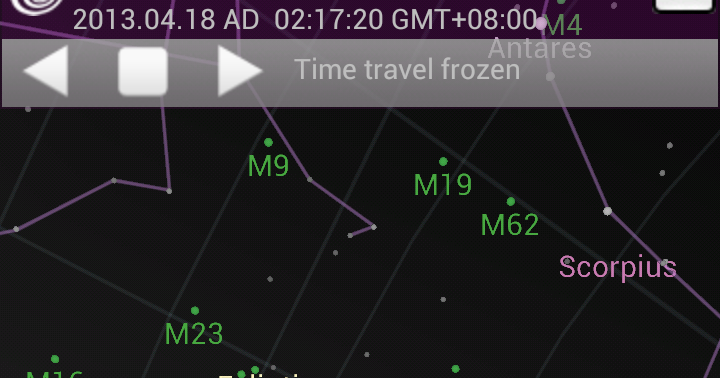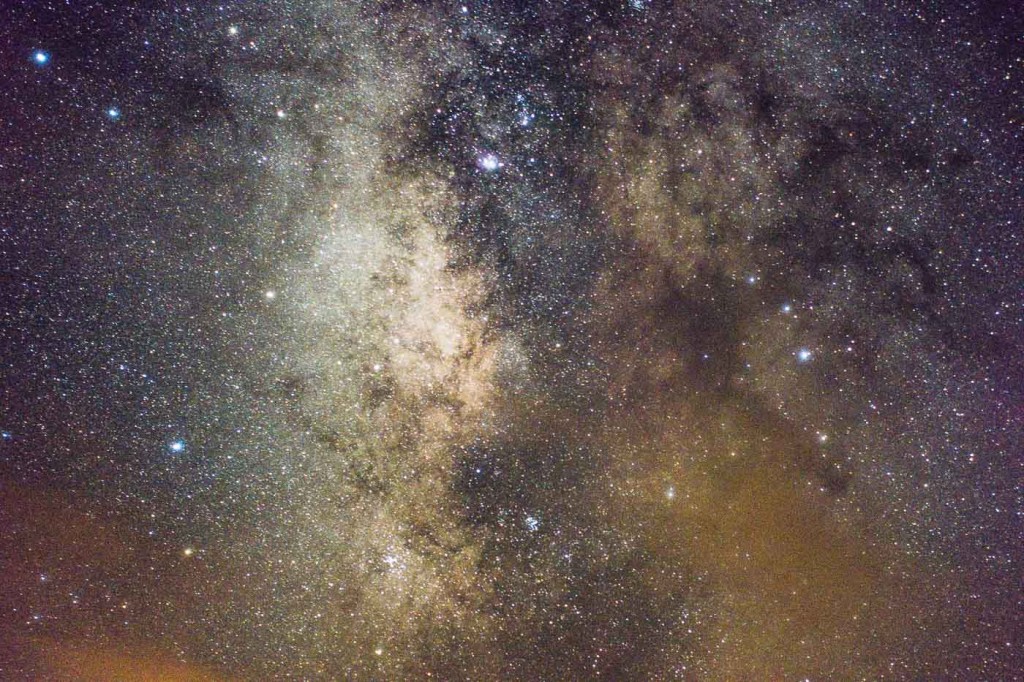


The images combine 3.6, 4.5, and 8.0 µm in the “classic” Spitzer/IRAC color scheme. The new data consists of Spitzer/IRAC images from two surveys: Vela-Carina, which is essentially an extension of GLIMPSE covering Galactic longitudes 255°–295°, and GLIMPSE 3D, which extends GLIMPSE 1+2 to higher Galactic latitudes (at selected longitudes only). The new MWP is being launched to include data from different regions of the galaxy in a new infrared wavelength combination. It’s been a huge success but: there’s even more data!Īnd so it is with glee that we announce the brand new Milky Way Project! It’s got more data, more objects to find, and it’s even more gorgeous. We have produced several papers already and more are on the way. It took about three years and 50,000 volunteers have trawled all our images multiple times and drawn more than 1,000,000 bubbles and several million other objects, including star clusters, green knots, and galaxies. It’s a lovely set, and you can see why people were so positive about these images. So here are the results: the 20 most-positively commented on images from the MWP (click to embiggen). Of course most subjects come in somewhere in between. people say ‘horrible’, ‘stupid’, ‘disgusting’) then it gets a score of 0. people say ‘stunning’, ‘wonderful’, ‘brilliant’) then it gets a score around 1.

You train an algorithm to recognise positive and negative words and phrases in text – and then go though all the MWP subjects in Talk looking at the things people say about them, and recording whether the comments are positive or negative. The process is oddly simple – thanks mostly to NLTK’s great documentation. Some of the most stunning results come from the Milky Way Project’s rich dataset. I’ve been using the Python-based Natural Language Toolkit ( NLTK) to perform what’s called sentiment analysis on Zooniverse Talk data. That’s a lot of content in itself – beyond the main classification data from the MWP’s main interface. More than 25,000 comments have been made on Milky Way Project Talk since the project began in 2010.


 0 kommentar(er)
0 kommentar(er)
